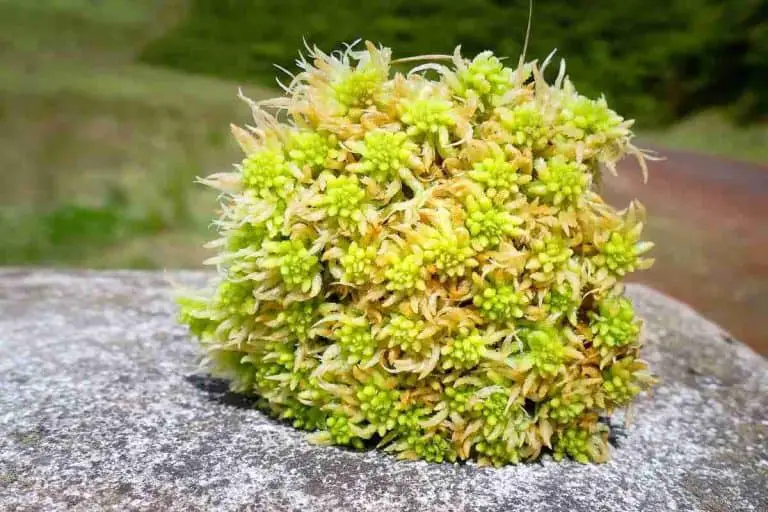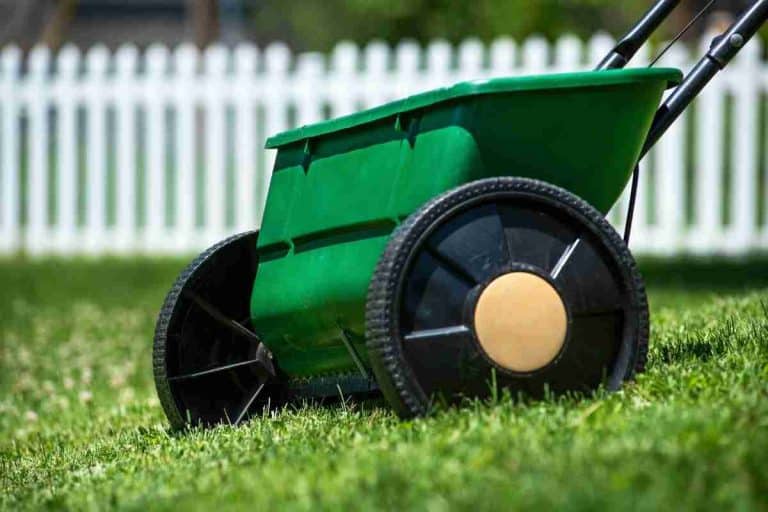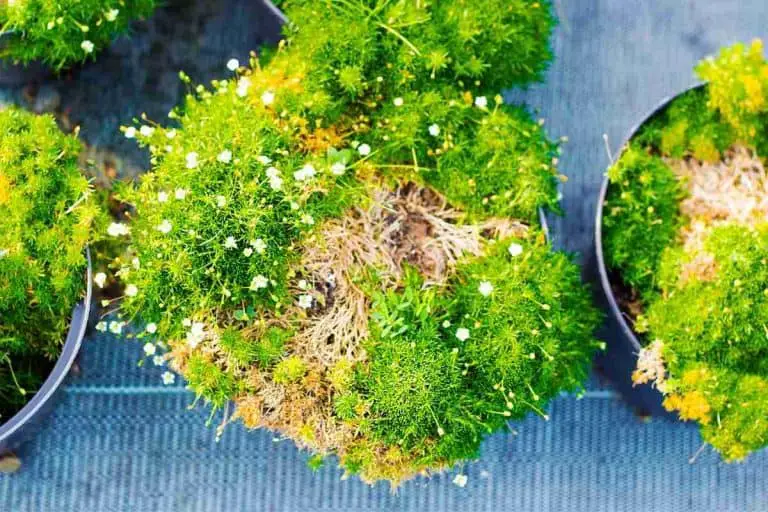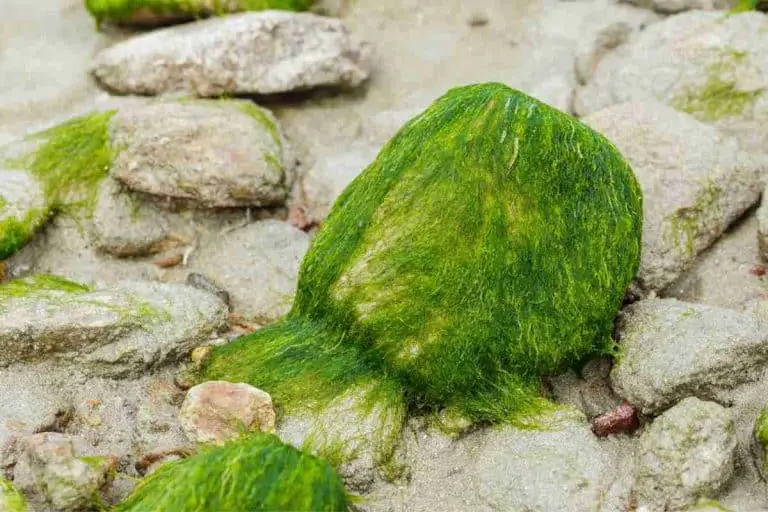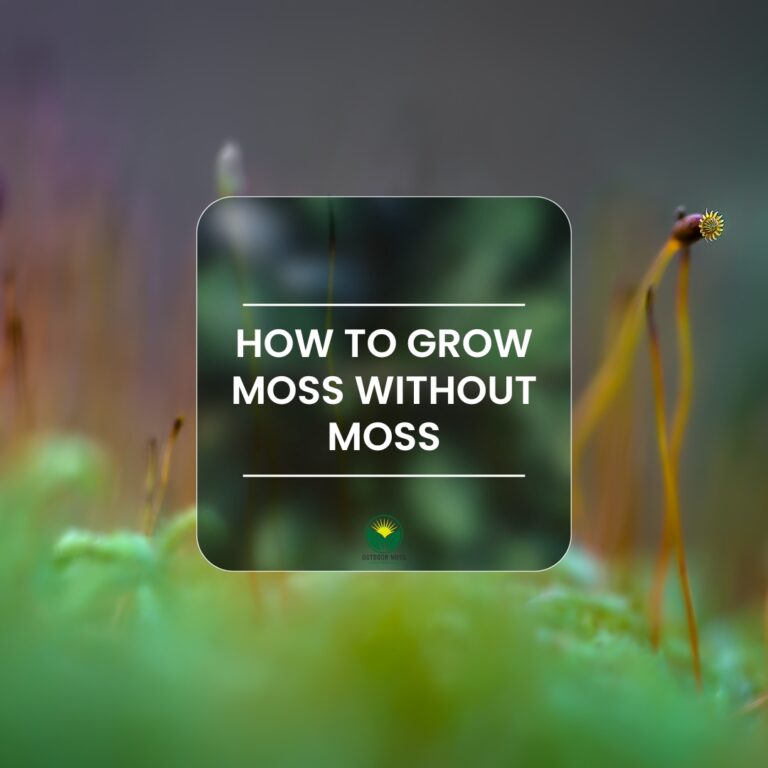8 Unique And Creative Moss Pole Alternatives
The moss pole has been a popular gardening tool for many years, due to its low maintenance and ability to hold plants off the ground. However, a conventional moss pole is far from the only option available.
Some alternative materials include pieces of bamboo, wood, or metal pipe which we will talk more about below. These materials can be easily decorated with living or faux plant life, allowing you to customize your moss pole in any way that you desire.
So whether you’re looking for a simple alternative to the standard moss pole, or are looking for something truly one-of-a-kind, there are many unique and creative options in this article to choose from.
What Are Moss Poles?
Moss poles are thin, vertical rods that are used to support climbing plants. Most moss poles are made of bamboo or other natural materials, which makes them extremely lightweight and easy to install.
In addition, moss poles provide an ideal surface for vines and other climbing plants to cling to. The rough, textured surface of the moss helps the plant’s roots to grip the pole, and the pole itself acts as a conduit for water and nutrients.
As a result, moss poles can be an invaluable tool for gardeners who want to create a lush, verdant space.
Many people use them to help indoor plants climb in the right direction. That way, the plants don’t grow all over the place and don’t take up more space than they need to.
At the same time, it allows plants to get more micronutrients than usual so they can grow stronger!
8 Unique And Creative Moss Pole Alternatives
1. Bean Poles
Bean poles are the perfect choice for gardeners looking to create a trellis for climbing plants. Designed specifically for supporting beans, these tall, sturdy structures offer the support and structure needed by growing vines.
Additionally, these sturdy structures are easy to install and require minimal maintenance once they’ve been installed. Whether you’re trying to maximize space or create a beautiful vertical display, bean pole trellises are differently a great moss pole alternative.
It’s not a bad choice considering it will cost you very little money. It’s not a bad choice considering it will cost you very little money.
All your need is three of these sticks to do the job and may need to cut them down in size once you’ve done this simply follow these steps below.
How To Apply:
- Place soil in an average size plant pot
- Plant your climbing plant in the soil
- Gently insert three-bean poles into the soil, angling it slightly
- Use string or ties to secure both the poles and climbing plant
- Water the base of the plant well and continue to water needed
2. Wooden Poles
Wooden poles are another great alternative to moss poles for gardeners looking for a sturdy, low-maintenance structure for indoors. Made from natural materials, wooden poles offer a clean and rustic look that is ideal for both traditional and modern homes.
Wooden poles are also very easy to make. You want one that is around 30 to 40 cm, however, depends on the size of your plant! You will also need sphagnum moss to wrap around the wooden pole.
If your are unable to make a wooden pole yourself or are unsure where to find one, you can buy them from any online stores.
The only downside is they don’t provide as many micronutrients as a moss pole would. At the same time, it may attract insects and bugs – so you have to pay close attention to that.
How To Apply:
- Grab your wooden pole
- Wrap the sphagnum moss around the pole
- Secure it using metal chicken wire
- Place the pole in the center of the plant pot
- Carefully using garden tape attach the plant to the pole
- Then water the wooden moss pole until it’s moist
3. Metal Pipes
Metal pipes have long been used as a viable alternative to traditional moss poles and tree supports. While moss poles are typically made from wood, metal pipes are much stronger and more durable, making them far less prone to damage or breakages over time.
In addition, metal pipes require little maintenance compared to wooden poles, which can rot or warp when exposed to moisture or sunlight.
Furthermore, metal pipes are simple to install and can be used in a wide range of environments and climates. Whether you need a moss pole for indoors or outdoors, metal pipes are an excellent choice for those looking for durability and reliability.
How To Apply
- Cut the metal pipe to the required length
- Wrap the sphagnum moss around the pole
- Secure the moss With chicken wire or cable ties
- Gently insert the pole into the center of the plant pot
- Using string loosely tie the plant to the moss pole
- Spray with water until slightly damp
4. PVC Pipes
With a little bit of creativity, PVC pipes can be used as alternatives to moss poles. For example, they can be cut into lengths and painted to resemble bamboo stalks.
Or, they can be wrapped in wire mesh and covered with sphagnum moss. Either way, PVC pipes make great homes for climbing plants like ivy, ficus, and philodendrons.
PVC is also more durable than your average moss poles and won’t rot or break down over time. So, if you’re looking for a low-maintenance way to support your climbing plants, consider using PVC pipes.
Before you wrap your PVC pipe in moss, consider drilling holes around it as this can turn it into a self-watering PVC moss pole. It’s a great thing to have! However, this is optional.
How To Apply
- Cut the PVC pipe to the required length
- Cover with sphagnum moss
- Wrap the wire mesh around the pipe and secure it with zip ties
- Insert the moss pole in the center of the plant pot
- If needed tie the plant to the moss pole
- Using a spray bottle, give the plant a good watering
(If you want to make a self-watering PVC pole watch this video from the youtube channel Erika Lodes)
5. Coir Poles
Coir poles are an excellent alternative to moss poles and here’s why! First, coir is a sustainable and renewable resource and is made from the fiber of coconuts, so it’s a natural and environmentally friendly material.
Second, coir is very strong and durable, making it ideal for supporting heavy plants and third they look very attractive and can add a natural touch to your home.
However, you will need a base to make coir poles so we do recommend using a wooden stick so you can wrap the coir around it. This will give it more stability. Once you have your base, start wrapping the coir around it until you reach the top.
How To Apply
- Cut the wooden stick to the required length
- Break the coir into manageable pieces
- Wrap the coir around the stick
- Using string tie the coir to the pole
- Place in the center of the plant pot
- Water until moist
6. Slabs With Bark
Slabs of bark are often used in gardening, particularly for creating stable structures like garden gnomes and planters. But did you know that these slabs can also be used to create moss poles?
You will need something to cut the bark and before you start make sure to inspect it thoroughly and clean it. You don’t want any mold, or mildew, on the bark.
Place it under cool water and brush it to remove any debris. It’s important not to bring anything nasty from nature over to your plants – otherwise, you may end up damaging what you have at home!
To make a moss pole with slabs of bark, simply cut a few slabs of different sizes into tall, round shapes. Next, wrap the wire around the base of the slabs and twist it tightly to form structural support.
Once you’ve done this, simply cover the slabs with sheets of moss and secure them in place with twine, and then you can attach your plant.
How To Apply
- Inspect the bark for any mold or mildew
- Clean the bark with cool water and a brush
- Cut the bark into tall, round shapes
- Wrap wire around the base to form the structural support
- Cover the slabs with sheets of moss
- Secure in place with twine or garden wire
7. Plastic Trellises
Although a moss pole is a great way to add a touch of greenery to your home, but they can be pricey. A more budget-friendly alternative is to use a plastic trellis.
Trellises are generally used to support climbing plants, but they can also be used as moss poles. Simply roll the trellis into a circle and then place it into a plant pot.
You want the trellises along the edge between the soil and the plant pot so the climbing plant can grow up the center.
However, depending on the size and weight of your plant you may need to add bamboo stakes just to give it that extra support.
No moss is needed for this option and make sure you don’t overload your plastic trellis.
How To Apply
- Roll the trellis into a circle and tie
- Place it in the pot around the edge of the soil
- If needed, add bamboo stakes for extra support
- Attach your plant to the trellis using a string
- Water until moist
8. Wire Trellises
A wire trellis is a great alternative to a moss pole. We do recommend that you use chicken wire as this is very easy to bend and shape. It’s also inexpensive and easy to find, and it can be wrapped around any support structure.
The fact that the chicken wire already has small openings in the wire allows vines to grip the trellis, making it easy for plants to climb.
Using the same method as the plastic trellis, simply roll the chicken wire into a circle and place it in the plant pot and then let nature do its work!
Soon as your climbing plant starts to grow you can tie some of the leaves onto the chicken wire, however, this is optional and the plant should be able to attach itself without any problems.
How To Apply
- Roll chicken wire into a circle
- Place the wire in the plant pot
- Bend slightly to remove any sharp edges
- Attach your plant to the trellis
- Spray with water
Plants That Benefit From A Moss Pole
Most plants need some type of support to grow tall and stay upright. This is especially true for climbing plants, which can quickly become top-heavy and topple over without something to cling to.
A moss pole is a simple, effective way to provide support for climbing plants. Moss poles are typically made of bamboo or other similar materials, and they can be easily inserted into the soil.
The plant’s stems will then wrap around the pole, providing a sturdy support system.
Many different types of plants can benefit from a moss pole, including:
- Roses
- Pole beans
- Tomatoes
- Monsteras
- Satin pothos
- Philodendrons
Final Thoughts
Moss poles are a great way to add height and interest to your plants. They’re also relatively easy to make, and you can use a variety of materials.
If you’re looking for a creative way to support your plants, consider one of these moss pole alternatives.
These are just some of the many alternatives you can use for moss poles. Be creative and see what you can come up with!

